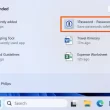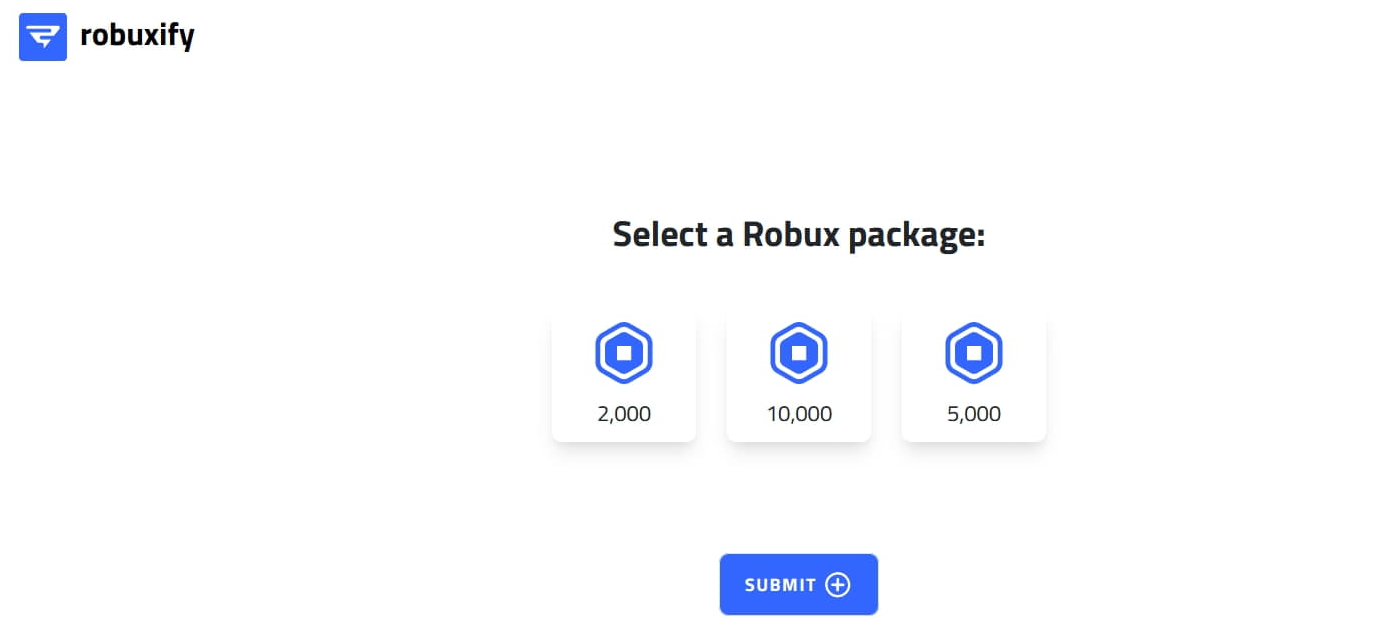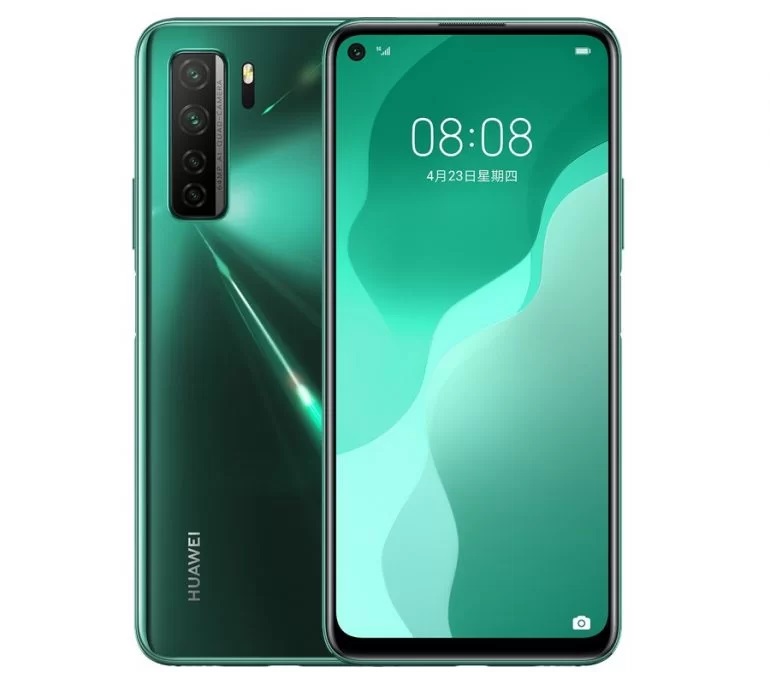In this article, we will give you a step-by-step guide on how to setup the Nintendo Switch Emulator YUZU on Android. Nintendo recently went after a switch emulator called Skyline when they were close to being released on the Steam PC game storefront. While emulating console games on PC is supposed to be legal, Nintendo claimed the team behind Skyline violated their copyright with the lock pick RCM tool. The RCM tool was used to rip product keys from a Nintendo Switch.
But just this past week, we learned that the popular Nintendo Switch emulator Yuzu has been released on the Google Play Store. So, we want to show you how this emulator can be installed and setup, as well as give you a quick look at it’s performance on the public build available.
Setting up the Nintendo Switch Emulator YUZU on Android:
Step 1: Searching and Installing
- To begin, we need to open up the Play Store and then do a search for the word Yuzu. We are looking for the emulator app released by team Yuzu and Citra and you should see two of them listed. One is the free version, which is to be considered the public stable release and the other one is going to cost you five dollars. It is the experimental Early Access build. Both of these have been released by the same group of Developers, with the early access version coming with so-called Cutting-Edge features and speed improvements, access to in-development updates, and prioritized support.
- Now, we have yet to see the details of these Cutting-Edge features, but we suspect The Early Access version just gives you access to an app with faster updates and is essentially going to be the beta test Channel so that the dev team can get feedback on the latest changes.
- We are going to be showing off the free version here in this article, but maybe we will be able to get a promo code for the Early Access version, which would allow us to be able to do some side-by-side comparisons so that you can see how the different versions work.
Step 2: Initial Setup
- Let’s go ahead, install and then open up the application to begin the setup process. So, you can choose whether or not you want to Grant the app access to send you notifications, or you can just skip that if you want, and then you will be requested to choose your product keys file.
- The product keys file needs to be extracted from your own Switch console, or you may want to download it online. However, there seems to be a bug in this early build of Yuzu for Android and it may result in an error message even if your product key file is working properly. But you can tap the “select Key options” from here to find your prod.keys file and attempt to add it.
Step 3: Adding Games
- If you get an error message, then we can show you a workaround to fix that. Once you are done here, we are going to tap on next, and then we are going to be asked to select our games folder.
- Tap on ADD games, find the folder in which you want to store your console ROMs, and then choose the use this folder option. Then you need to tap on next and then finish things up by tapping on continue.
- When you get to this main screen, you may need to do a pull-down to refresh and get a list of the games that you have stored in your games folder. If you end up getting an error message when trying to select your product keys file, then you will not be able to play any games. That is because the product keys file needs to be added to the emulator.
Troubleshooting Tips
Error with Product Keys File
If you ended up getting an error message, then this is how we can work around it. You will need a file manager application to insert this file properly. We like to use Solid Explorer, but you can likely use any File Manager application of your choice.
To do that, you are going to need to find the product keys file from within the file manager application, and then you need to copy it. Now, you have to browse over to the root directory and then dive into the Android folder.
In the Android folder, tap into the data directory and then scroll all the way down to the bottom to find your Yuzu app folder, which is going to be labeled org.yuzu.yuzu_emu. Now, in there, you should see a folder labeled files, and when you go in there, you should then see a directory called keys.
This is where you are going to want to paste your product keys file, and with that done, you can then force close the Yuzu application and then open it up again.
With all of that done, you can simply tap on any of the games that you have a copy of and attempt to play it on your Android smartphone or tablet. We say attempt because this version of Yuzu is quite new right now, and there could be some conflicts with the game that you choose to try to play.
Game Compatibility and Performance
Firstly, Yuzu is unable to play all Switch games properly, even on the fastest hardware for PCs. So, we will be sure to link to the emulator compatibility list in this article so that you can check out the list and find out which games work well with this emulator. However, we have to consider that the list is mainly made for Intel and AMD PC builds, so there will likely be some hardware limitations that you will end up encountering on Android.
We attempted to get this Emulator working on a Pixel 7 Pro, but it just didn’t seem to like the Google tensor SoC. Right now, it looks like the app works best on devices with a Qualcomm Snapdragon chipset.
You should know that the app will not work on every Android device, either, even if it has the Snapdragon chipset. It may end up loading things just fine but then struggle to play certain games due to the hardware limitations. Thankfully, we expect things to improve a lot over time as the developers are able to optimize it more and fix some bugs that end up causing the app to crash a game.
Playing Games on YUZU
We found that the game that works pretty well is the platformer, Celeste. It seems that the Yuzu emulator for Android Works quite well when trying to play indie games that have been released on the console, but again, your mileage will vary from game to game. So, try out different ones and see what plays best on your specific Hardware.
Once you get the game up and running, you can access the menu by swiping in from the left side of the screen. There, you can control the overlay options, like adding an FPS counter, and if you have your device connected to a controller as we do, then you can tap to adjust the overlay and remove it by selecting the toggle there.
Celeste Works quite well, but sometimes the FPS drops a little bit but usually plays at a stable 60 frames per second. We also wanted to show off some of the settings within the emulator.
Advanced Settings
You can access these from within a game from that swipe-out menu, or you can tap the setting icon at the bottom of Emulator. There, you have the advanced settings area, which first gives you the ability to enable a limit speed option and configure the CPU accuracy.
You can also enable docked mode to select an emulated region or language while also enabling and setting up a custom RTC for your Yuzu emulator. There are also some graphics options that you can configure, such as changing the resolution for handheld and docked mode, changing the VSync mode, the window adapting filter, anti-aliasing mode, configuring the aspect ratio, enabling and disabling the disk Shader cache, forcing the maximum clock rate for the Qualcomm Snapdragon and Adreno GPU only and enabling asynchronous shaders.
You can adjust the volume from there, change the API, and enable Graphics debugging. You can also install some amiibo keys, and there is even a way to install a custom GPU driver on your device. This feature can be useful for Qualcomm Snapdragon devices, as you can see new drivers released every now and then. We can cover how to find these custom GPU drivers and install them for the Yuzu emulator in future articles if you all think that this would be a good idea. Leave your thoughts about future articles are in the comments section below. Lastly, we can manage our saved data by importing or exporting the saved files from this menu.
Conclusion
Yuzu for Android was previously just released, and it is quite early in it’s development, so you should expect to see some app crashes from time to time as the dev team continues working on the project and would like to see the Android platform add it to the emulator’s compatibility list page.
We are bound to have some differences in game compatibility when compared to Intel or AMD if not for the platforms being different because of the hardware limitations on mobile devices. Let us know if you have had a chance to try out the Nintendo Switch emulator Yuzu on Android using the comment section below, as we are very curious to see which games play well on the platform and which devices you used to test things out.
Experiencing difficulties with your Device, check out our “How To” page on how to resolve some of these issues.





